Bioavailability is the measurement of the amount of a substance that is absorbed into the bloodstream after it is taken. In the case of cannabinoids, bioavailability is crucial to ensure that the therapeutic effects are experienced. This article will discuss the various factors that affect the bioavailability of cannabinoids, including cannabinoid pharmacokinetics, cannabinoid solubility, the first-pass effect, the blood-brain barrier, and the various methods of cannabinoid administration. Additionally, we will explore ways to increase the bioavailability of cannabinoids, including the use of lipids, nano-emulsification, and water-soluble cannabinoids.
Cannabinoid Pharmacokinetics: The various biological systems that process cannabinoids
Cannabinoid pharmacokinetics refers to how the body processes cannabinoids after they have been ingested. This encompasses absorption after diverse possible routes of administration and from different drug formulations, until its elimination in the feces, urine, sweat, oral fluid, and hair. These points of elimination are also generally how people get tested for use. So to put in general terms we will look at if you intake “x” quantity of cannabinoids what percentage of that quantity can possibly make it to receptors. By understanding this process, we can also do certain things to enhance the bioavailability, such as the intake of lipids with edible cannabinoids.
Cannabinoid Solubility: Cannabinoids will not dissolve in water
Cannabinoids have poor solubility in water, but good solubility in most organic solvents, such as alcohol and lipids. This is why cannabinoids will not readily dissolve in water unless “nano” or “water-soluble” products which will be discussed later. The solubility issue really comes into play when talking about edibles. Since cannabinoids are not water-soluble, they tend not to be easily absorbed in our digestive system. Fortunately cannabinoids are soluble in lipids and our bodies make enzymes which help digest them and the cannabinoids are pulled with them, greatly increasing the bioavailability.
First-Pass Effect: All orally administered cannabinoids must pass this barrier
The first-pass effect is a process of drug metabolism whereby the drug concentration, when administered orally (edible or sublingual), is greatly reduced before it reaches the systemic circulation. The first-pass effect is the fraction of drug lost during the process of absorption and is very different from bioavailability. The first-pass effect is generally related to the liver and gut wall and there are many compounds subject to this process, cannabinoids being one of them. This is where solubility comes into play, as mentioned the cannabinoid dissolved with lipids such as a greasy hamburger will greatly increase the amount that makes it past this barrier.
Blood-Brain Barrier (BBB): The last barrier to overcome
The greater limiting factor in the bioavailability of cannabinoids is the blood–brain barrier (BBB). The BBB is sort of a network of brain microvessels that is very selective in what it allows to pass through it. Fortunately cannabinoids pass through the BBB and crosses over into the fluid within the central nervous system. The target receptors lay on the other side of the BBB and must pass through it to gain access to the receptors. The BBB is a complex system that protects our neurons and is the last hurdle in cannabinoids gaining access to receptors.
Cannabinoid Edibles: The most safe and delicious way to consume cannabinoids but the least bioavailable
Edibles are a popular method of consuming cannabinoids, as they are safe and delicious. However, edibles tend to have low bioavailability. The percentage of bioavailability varies between individual cannabinoids but is typically in the range of 2% to 20% of the actual percentage that makes it to your blood, with likely only 1% of that making
With sub-lingual administration, the cannabinoids enter the bloodstream directly through the mucous membranes under the tongue and bypass the first pass effect, resulting in a higher bioavailability. Tinctures and hard candies are common sub-lingual forms of cannabinoids that are available on the market.
Vaping and Smoking: Fastest onset but lowest bioavailability
Smoking and vaping are the most commonly known forms of administration of cannabinoids. These methods have the fastest onset, with the effects being felt within seconds to minutes after administration. However, they have the lowest bioavailability due to the fact that the cannabinoids are inhaled into the lungs and not absorbed through the digestive system. The bioavailability of inhaled cannabinoids can range from 10% to 60%, depending on various factors such as the quality of the product and the individual’s lung capacity.
Factors affecting bioavailability
The bioavailability of cannabinoids is affected by various factors, including the quality and potency of the product, the individual’s metabolism, the route of administration, and the presence of other compounds such as lipids or terpenes. Understanding these factors can help users make informed decisions about the most effective method of administration for their needs.
In conclusion, bioavailability is an essential concept to understand when it comes to the administration of cannabinoids. The bioavailability of cannabinoids varies depending on the route of administration, with sub-lingual methods being the most effective and smoking/vaping being the least effective. Other factors such as solubility and the first-pass effect also play a significant role in determining the bioavailability of cannabinoids. By understanding these concepts, users can make informed decisions about the most effective method of administration for their needs.
